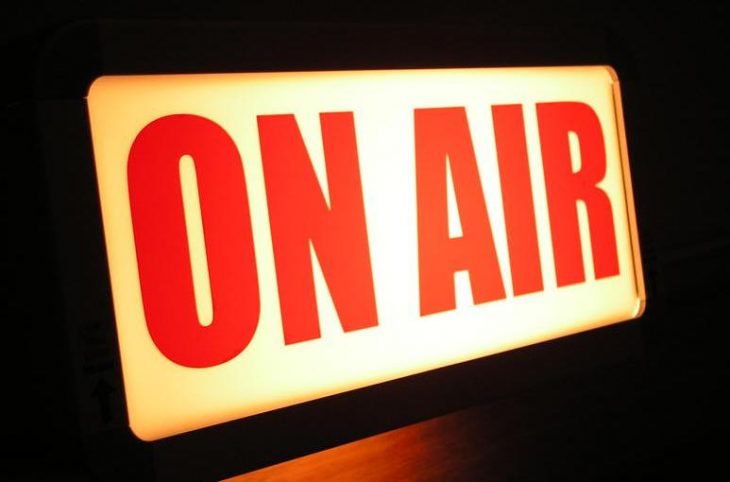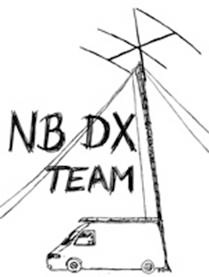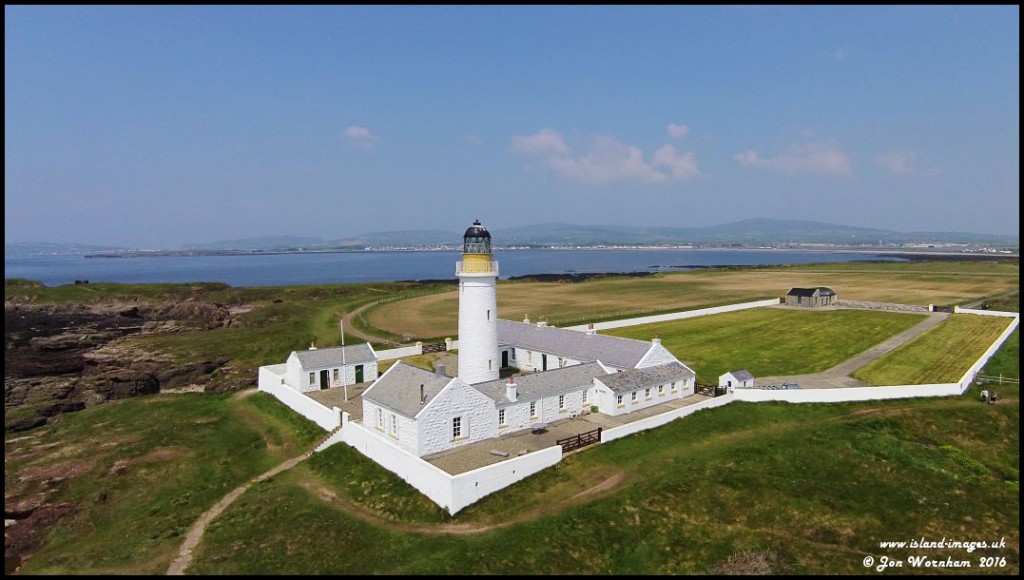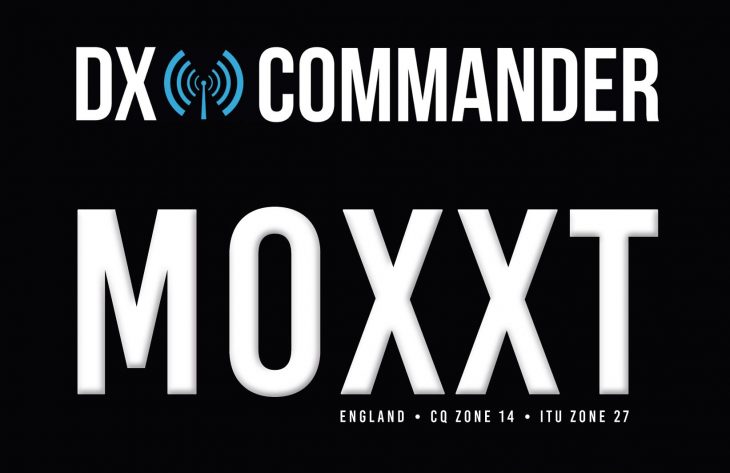QRP operators have a tough time out there in the pile up, not only are the high power stations loud and often wide but with Solar Minimum with SFI at 66 or just a little higher, every Watt of power the QRP’er uses has to be used wisely and with much greater skill than everyone else.
So from the DXpedition’s point of view how can you hone your skill into getting your call into the log. Firstly, most of the DX Teams are trained and thrive on pulling weak signals out of the noise and your callsign is the only thing the team wants to hear at this point.
Listen to the band, find a clear spot in the pile up either using your band scope or using VFO B, this will give you that edge. In any pile-up most callers will be at the bottom or top of the listening range so find somewhere in the middle that will allow you to be heard.
Just use your callsign when calling, it is very easy to cause harm in a pile up and slow the DX station down, if the DX operator loses concentration his Q rate goes down which helps no one, so resist from using /QRP. If the DXpedition can hear /QRP he can hear your callsign, once the DX has had to return “/QRP?” You have already lost his Q rate, concentration to boot. All he needs is your callsign.
Here is what the Radio Regulations say:
Article 19 of the Radio Regulations (2016) state –
19.45 § 21 1) The twenty-six letters of the alphabet, as well as digits in the cases specified below, may be used to form call signs. Accented letters are excluded.
19.46 2) However, the following combinations shall not be used as call signs:
19.47 a) combinations which might be confused with distress signals or with other signals of a similar nature;
19.48 b) combinations in Recommendation ITU-RM.1172-0 that are reserved for the abbreviations to be used in the radiocommunication services. (WRC-15)
Recommendation M.1172 which is primarily a Maritime Mobile Service document says –
1 The series of groups listed in this Annex range from QOA to QUZ.
So, it is clear the Q operating codes do not form part of the call sign. By just using your Callsign, in a clear part of the DX operators listening range will stand you a much better chance of getting in the log, this will then also help the DX station work you and keep his concentration and Q rate and help others get in the log too!




